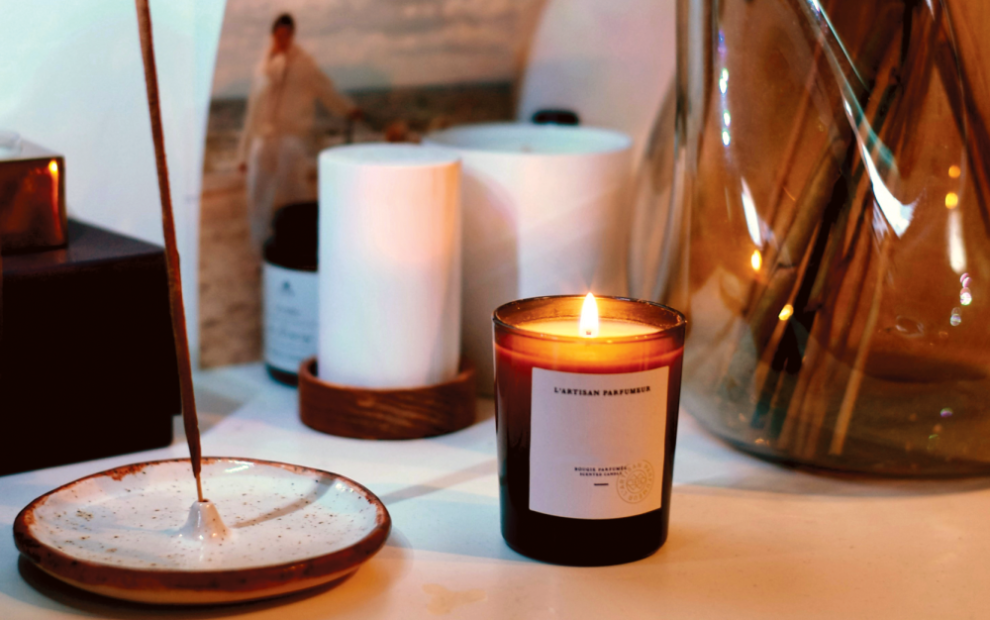“And so [Anna] turned [Mary’s] bedroom into a sanctuary. . .”
(Infancy Gospel of James 6:4)
There are gospels that aren’t part of our Bible, what we call apocryphal books. These include the gospels of Mary, Judas, Thomas, etc. The story of Mary’s presentation in the Temple, which we celebrate on November 21, comes from the gospel of James.
Anna and Joachim, Jews of their times, were familiar with the Temple, or sanctuary, in Jerusalem. They wanted their daughter to center her life on God; they did this by choosing which children she played with and by turning her bedroom, as in the quote above, into a sanctuary. We can only imagine what this might have looked like—a bedroom that helped Mary center herself on God. Maybe it had blue on the walls or hangings. Maybe there was an oil lamp in the corner. Maybe even a small bowl of water to encourage ritual bathing.
We could all learn a thing from Mary when it comes to making our bedrooms places that draw us to God.
While growing up, my aunt, a Sister of St. Joseph, gave us statues, crucifixes, and holy cards. Even today, my bedroom is filled with statues and icons that inspire me.
In the early ’90s, I attended a talk with Tessa Bielecki from the Spiritual Life Institute. She offered the idea of keeping a burning candle in the room as a reminder of God’s presence. Every night, I light a vigil candle and watch it flicker until I fall asleep.
A print from Helen Siegl depicts me and my other three companions from the Epiphany Plowshares in the mouth of a lion and includes a personal note of support from Helen. A Käthe Kollwitz print shows a mother hugging her children amid other mothers—a portrayal of tenderness and loss. The works of Fritz Eichenberg, a Quaker, graced the pages of the Catholic Worker: My piece from him is an illustration of Christ of the Breadlines that shows the poor during the Depression.
I have a crayon drawing given to my mom by an Arab boy, Gerard; the drawing is of his village in Algeria. During the Second World War, his father brought him to the Americans to be cured of a high fever, and my mom nursed him back to health. On the back of the picture the boy wrote, “A la gentille nurse en reconnaissance de la part de Gerard.”
I also have a quote from Pierre Teilhard de Chardin: “To the full extent of my power, because I am a priest, I wish from now on to be the first to become conscious of all that the world loves, pursues, and suffers; I want to be the first to seek, to sympathize and to suffer; the first to unfold and sacrifice myself to be more widely human and more nobly of the earth than any of the world’s servants.”
I have the lyrics of “Lift Every Voice and Sing,” often called the Black National Anthem, from my first assignment as a deacon in an African American parish. I want to be reminded of the struggles of people through the ages.
I also have five pictures my mom took when the Allies liberated the Buchenwald concentration camp. Around a frame, I typed the words from Isaiah 62: “Upon your walls, O Jerusalem, I have set watchmen; all the day and all the night they shall never be silent.”
From a protest at the Pentagon on the Feast of the Holy Innocents (December 28), I have a picture of children crying against the slaughter of other children by the Herods of the world.
What graces the walls of your own bedroom? Is it a sanctuary? Does it inspire you to be faithful to your vocation? Is it a source of hope? Something that keeps you rooted in the world? Something that keeps you mindful of Gaza, of Ukraine, of migrants?
Make your bedroom a sanctuary. A place where God dwells and leads you beyond slumber.
This article also appears in the September 2025 issue of U.S. Catholic (Vol. 90, No. 9, page 9). Click here to subscribe to the magazine.
Image: Unsplash












Add comment